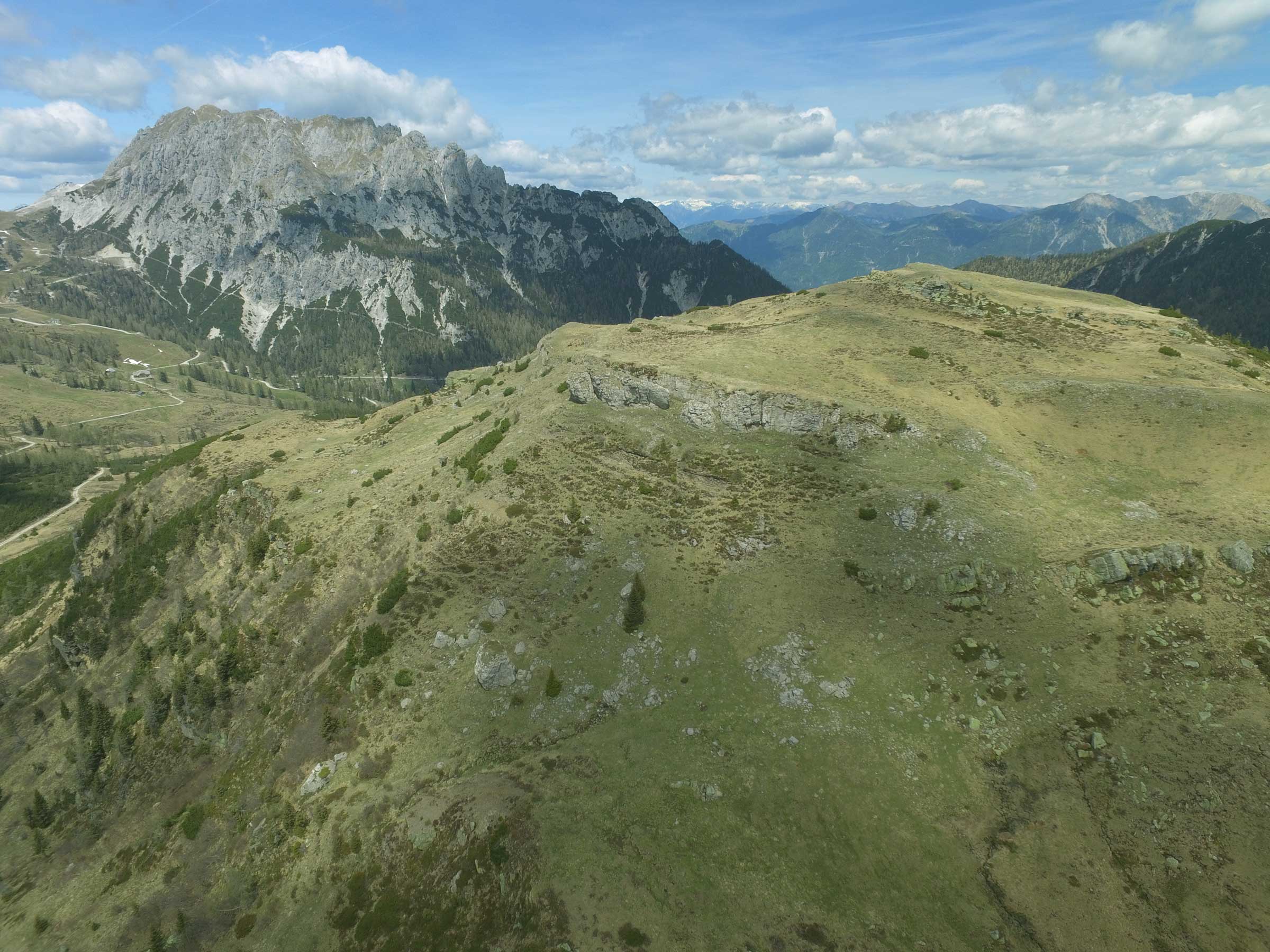The rocks at this stop are fine sandstones with characteristic “gibbous”, fusiform stratifications. The sands of the seabed were stirred by storm waves every time a weather front passed over the area: the stratification that in these cases resulted was typical of the so-called “storm deposits”, capable of moving the sandy granules of the seabed. Finding, as in this case, many overlapping storm layers suggests a low seabed, maybe just ten meters or so deep, as every storm, big or small, left its mark.
At a short distance, you can see another rocky wall that is a couple of meters high, where some layers of fine sandstone with intensely convoluted laminae are clearly visible. The deformation was apparently caused by an intense seismic shock while the sediment was still soft and not cemented.

